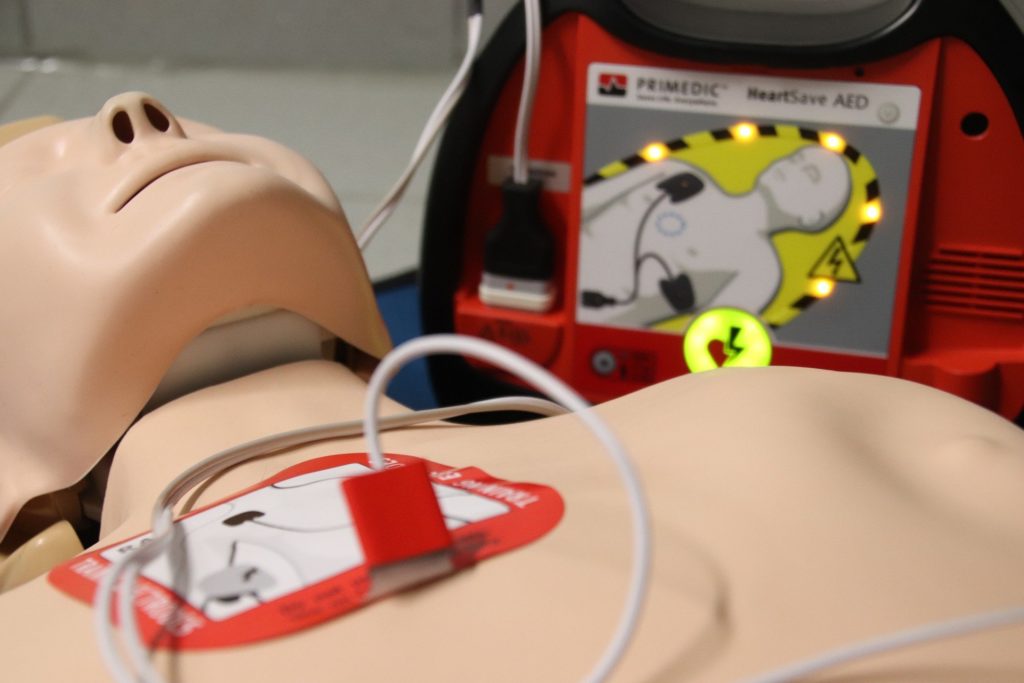Half of the Brussels police zones don’t have an intervention vehicle with a defibrillator on board, according to data MP Bianca Debaets requested from Minister President Rudi Vervoort.
Defibrillators are first aid devices that restore a person’s normal heartbeat by sending an electric pulse or shock to the heart. They’re used to prevent or correct uneven heartbeats that are too slow or too fast, or restart a heart if it suddenly stops.
“Fortunately, the defibrillators are not needed on a daily basis, but at least some vehicles should be provided in each zone,” Debaets told Bruzz.
A UK study found that a defibrillator is most effective when used within the first minute of a person collapsing, making the survival rate as high as 90%. If a defibrillator is used within the first three to five minutes, the survival rate can be around 74%. The rate decreases by 10% every minute thereafter.
Related News
- Hidden cameras and whispered answers, police shut down two driving schools for fraud
- Brussels police adding 231 body cameras
The vehicles of the Brussels Capital-Ixelles police zone were found to be best equipped for the possible need for a defibrillator during medical interventions, but many Brussels neighbourhoods don’t have a single one.
No vehicle has a defibrillator in Etterbeek, Woluwe-Saint-Pierre, Woluwe-Saint-Lambert, Anderlecht, Saint-Gilles, or Forest.
“We have known for some time now that the Brussels police zones do not always work uniformly, but in this case I dare to call that an extra shame,” said Debaets. “I therefore call on all police districts to pay the necessary attention to this and to ensure that these kinds of discrepancies can disappear.”
Data wasn’t available for West Brussels (Molenbeek-Saint-Jean, Koekelberg, Jette, Ganshoren, Berchem-Sainte-Agathe).
Helen Lyons
The Brussels Times

